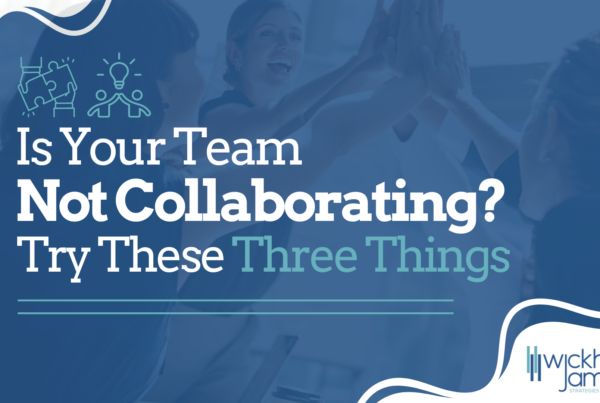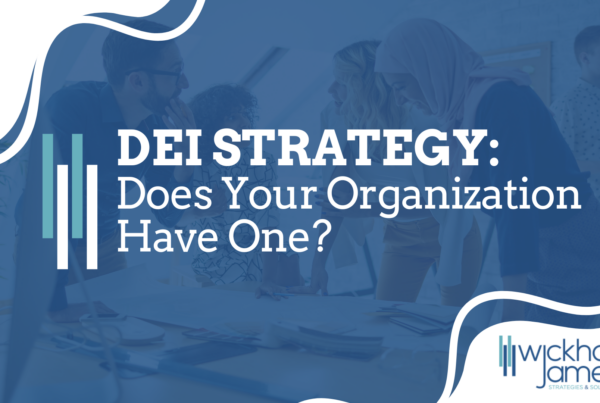 Sometimes business, like American football, is a game of inches. In many of the markets in which we operate, the difference between the winners and losers can come down to small innovations or unique perspectives that fills a specific need. Finding this edge sometimes requires equipping your teams with the knowledge they need to create solutions that are not on your competitor’s radar.
Sometimes business, like American football, is a game of inches. In many of the markets in which we operate, the difference between the winners and losers can come down to small innovations or unique perspectives that fills a specific need. Finding this edge sometimes requires equipping your teams with the knowledge they need to create solutions that are not on your competitor’s radar.
Wait…doesn’t that go against everything we learned from the titans of business?
As leaders, we were taught for many decades to keep as much information as possible from staff, not share it with them! The benevolent did it to keep from saddling employees with the burdens they thought only they as leaders should have to bear. The less altruistic leaders ensured that their employees would not have enough information to inform their competitors should they switch companies.
Whether out of love and protectionism or out of distrust and arrogance, both leaders would be wrong in today’s workforce.
Here is why:
Information is needed to fail forward
Innovation requires experimentation. In order for team members to come up with solutions to problems the organization faces, they must understand the problem and how their solution could potentially affect other departments or aspects of the business. Without an informed view of the organization, they have the potential to create solutions that solve one problem but create several more.
The best failures are ones that give valuable insights into either the consumer habits & preferences or the processes needed for business components to work more efficiently and effectively. There are often many of these lessons siloed away within different departments, so creating internal mechanisms for knowledge sharing can save time and increase the likelihood of avoiding some of the same pitfalls that other departments have already experienced.
Informed employees are more engaged
Engaged employees are 17% more productive than unengaged employees, according to Gallup. Furthermore, employees who feel they’re in the loop and their voices are being heard are almost five times more likely to feel empowered and perform their best work, according to a Salesforce report.
For many organizations, employees are on their own working on the responsibilities of their job. But a strong company culture cannot be siloed – it has to be inclusive and collaborative. Part of this is keeping open communication with your employees and allowing them to feel involved.
Employees need to understand their role in the company and how it helps the overall mission of the organization. If they have an in-depth understanding of the organization’s mission and their contribution towards its overall goal, they are more likely to get impassioned about their jobs and the roles they play..
It truly is how you get your employees engaged.
After all, organizations with engaged employees are 21% more profitable, according to Gallup. So it not only matters to them but affects your bottom line in several different ways.
One thing we’ve learned is that how you go about creating an informed workforce is just as important as the information you end up sharing with them. At Wickham James, we help leadership teams build internal communications strategies that maximize the impact of an informed workforce. To discuss what this could look like within your organization, we encourage you to reach out to the team.




